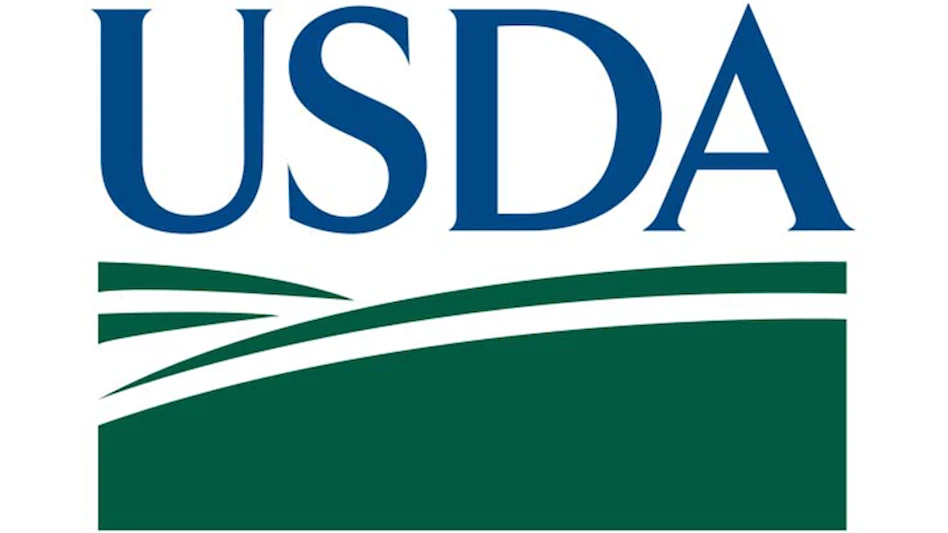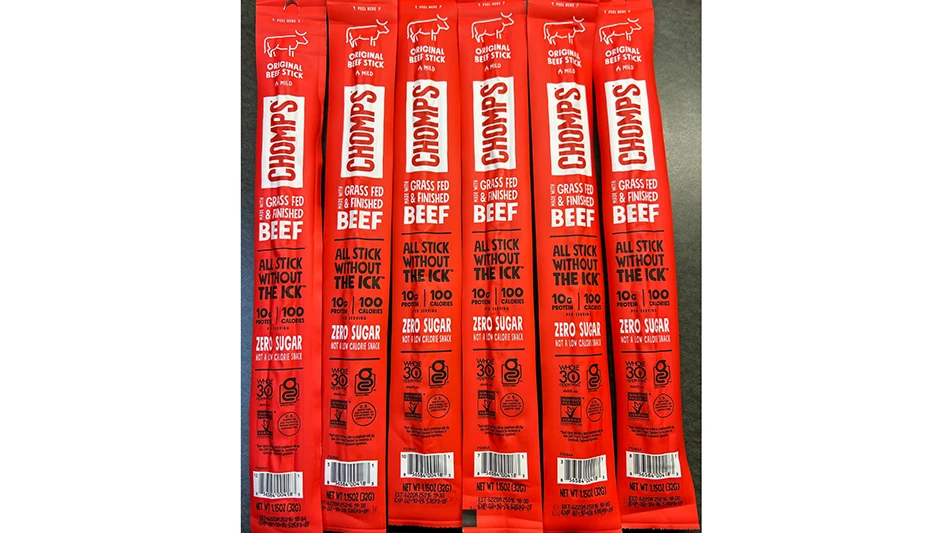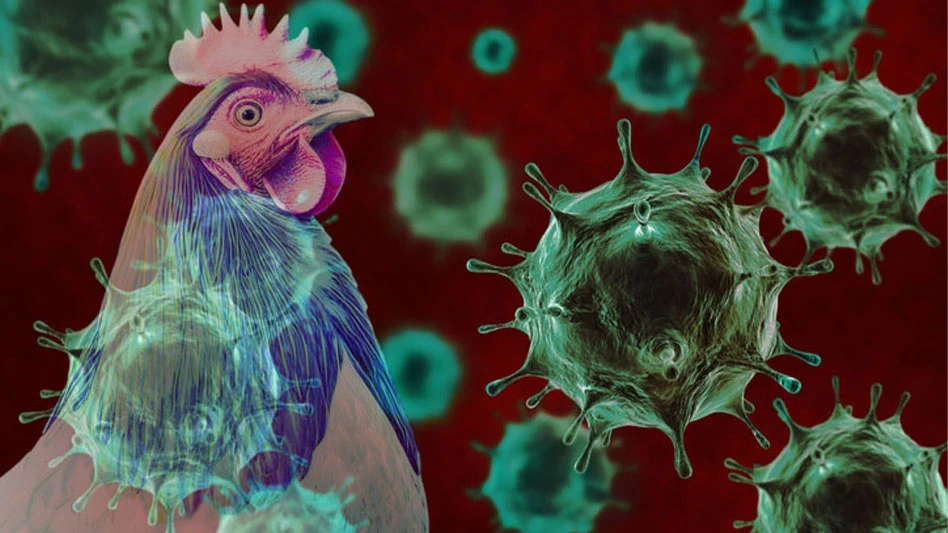
WASHINGTON, D.C. — The U.S. Department of Agriculture (USDA) released the results from the final year of a five-year study that observed how consumers prepared meals. The study was produced by USDA’s Food Safety and Inspection Service (FSIS) as part of their efforts to highlight the importance of safe food handling practices.
“These studies are important for USDA to understand consumer behaviors in the kitchen, and it is timely to be releasing the latest findings during Food Safety Education Month,” said USDA Under Secretary for Food Safety Dr. Emilio Esteban. “The results allow us to shape food safety communications and help consumers safely prepare food.”
The study observed food safety behaviors, including participants’ thermometer use for ground pork sausage, handwashing and cleaning and sanitizing of food preparation surfaces.
HANDWASHING. As seen in the previous four years of the study, thorough handwashing remains a concern. The most recent data shows that 87% of participants self-reported they washed their hands before starting to cook in the test kitchen. However, only 44% of participants were observed doing so before meal preparation. Additionally, handwashing was not attempted 83% of the time when it should have been done (e.g., touching raw sausage and unwashed cantaloupe, cracking eggs and touching contaminated equipment or surfaces). Throughout the study, 96% of handwashing attempts did not contain all necessary steps.
THERMOMETER USE. In the study, 50% of participants used a food thermometer to check the doneness of the sausage patties. However, 50% of those participants did not check all the patties with a food thermometer.
It is important to check all pieces of food being cooked to ensure all have reached a safe internal temperature, said the USDA. Thickness and size of a food item can cause it to cook to different temperatures.
CROSS-CONTAMINATION. The study used a harmless tracer bacteria, which was injected into the pork sausage, to simulate the spread of foodborne illness-causing bacteria during meal preparation. Among the surfaces tested, the kitchen sink was most often contaminated, with 34% of participants contaminating the sink during meal preparation. The next highest was the cantaloupe, with 26% of participants introducing contamination when cutting the cantaloupe during meal preparation. Contamination on fruits and vegetables, and other ready-to-eat foods, is especially concerning because these foods are consumed raw, without a final step like cooking, which kill bacteria, said USDA.
Latest from Quality Assurance & Food Safety
- Seeding The Future Global Food System Challenge Finalists Revealed
- TraceGains Launches AI-Powered Intelligent Document Processing to Improve Ingredient Safety, Compliance
- IFT Virtual Workshop on Food Fraud Prevention to Address Supply Chain Disruptions
- Penn State Course Covers Fundamentals of Food Science
- Joint FAO/WHO Expert Committee on Food Additives Seeks Experts
- FDA Reschedules Webinar on Updated ‘Healthy’ Claim
- Thousands More Laid Off at FDA, CDC in HHS Restructuring
- USDA Extends Deadline on Request for Information for Poultry Quality Standards





